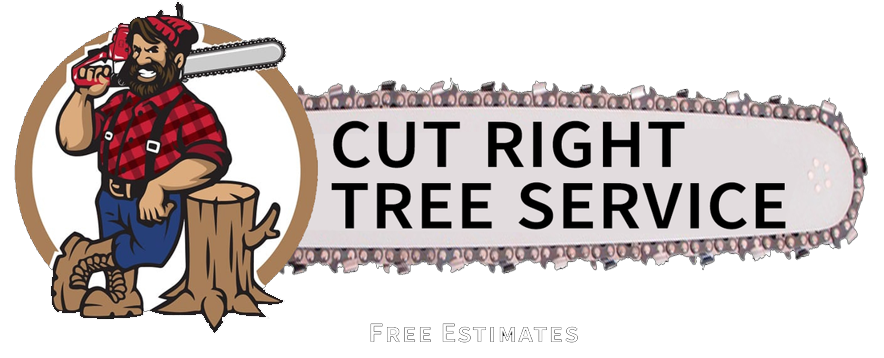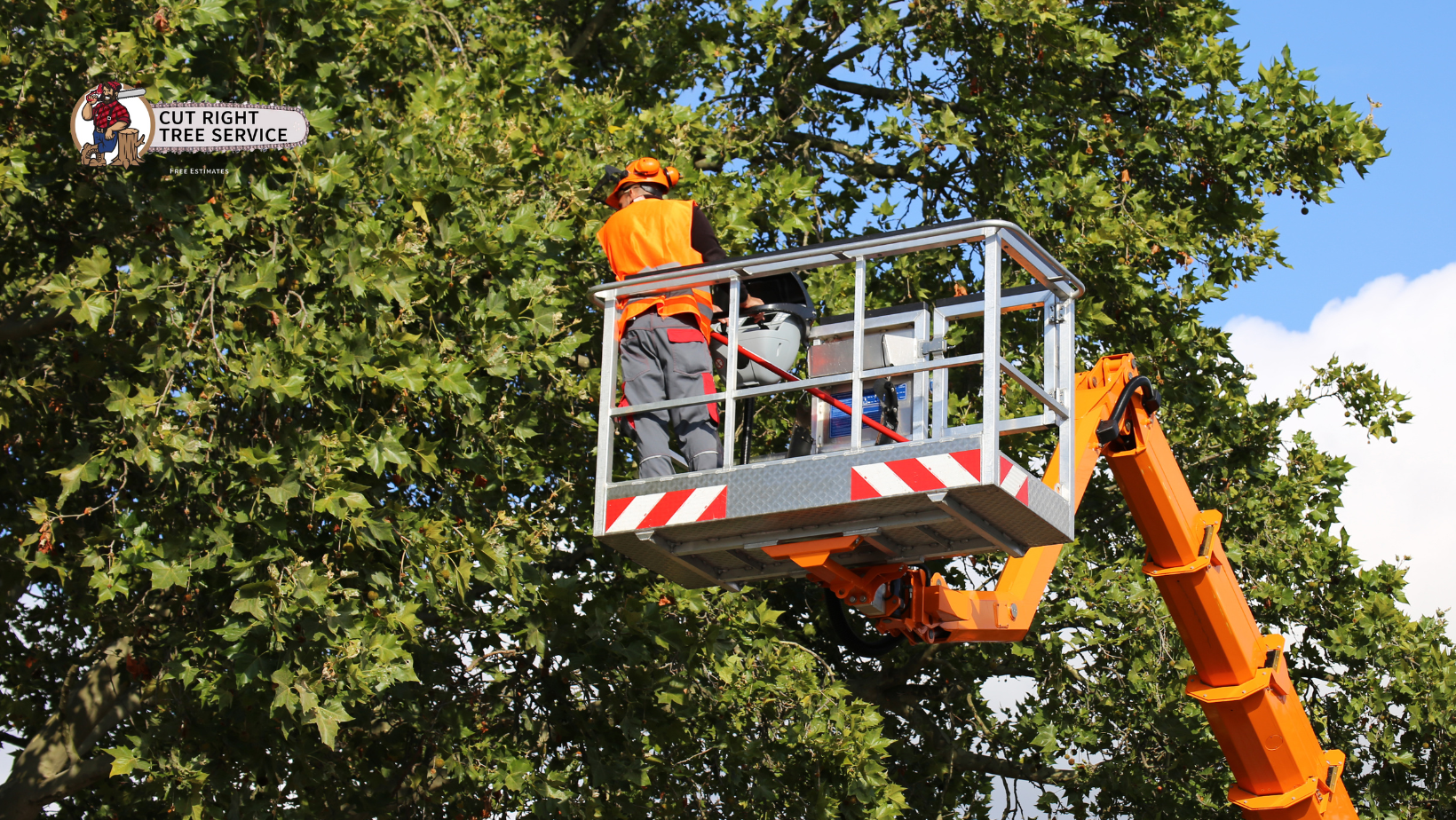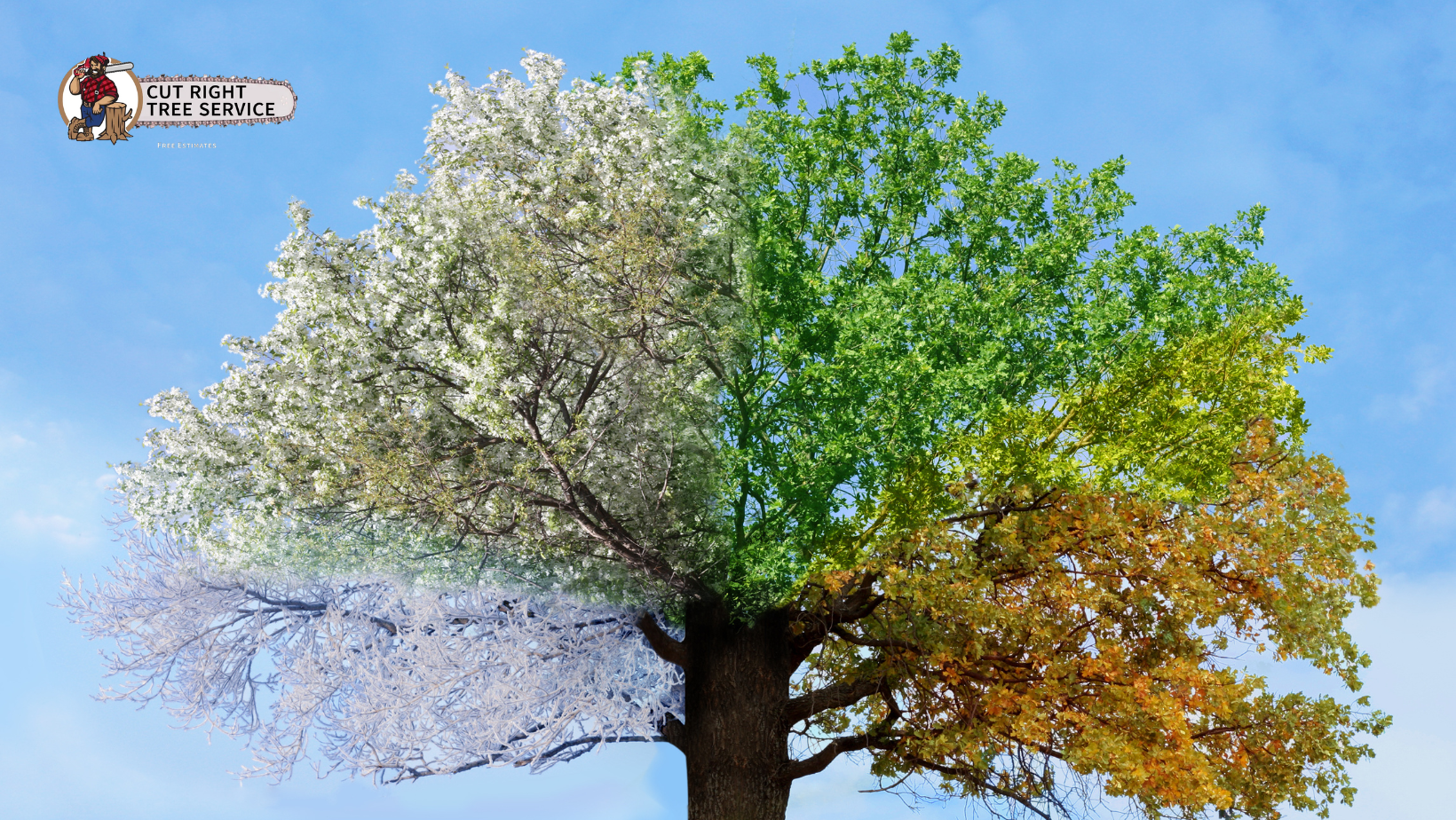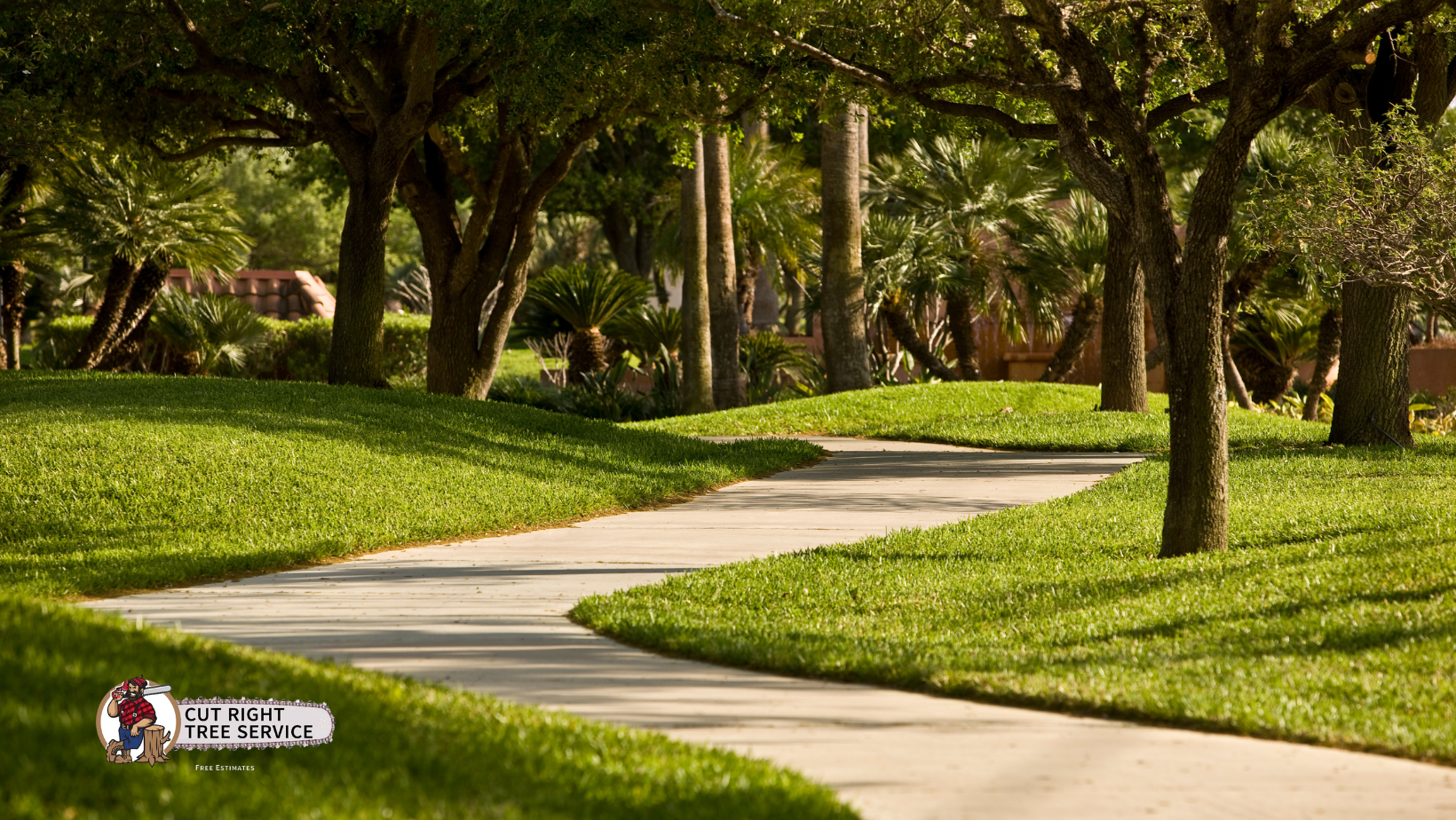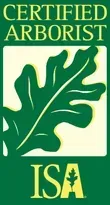The Science Behind Tree Pruning: Enhancing Growth and Health
How Proper Pruning Techniques Promote Tree Vitality and Structural Integrity
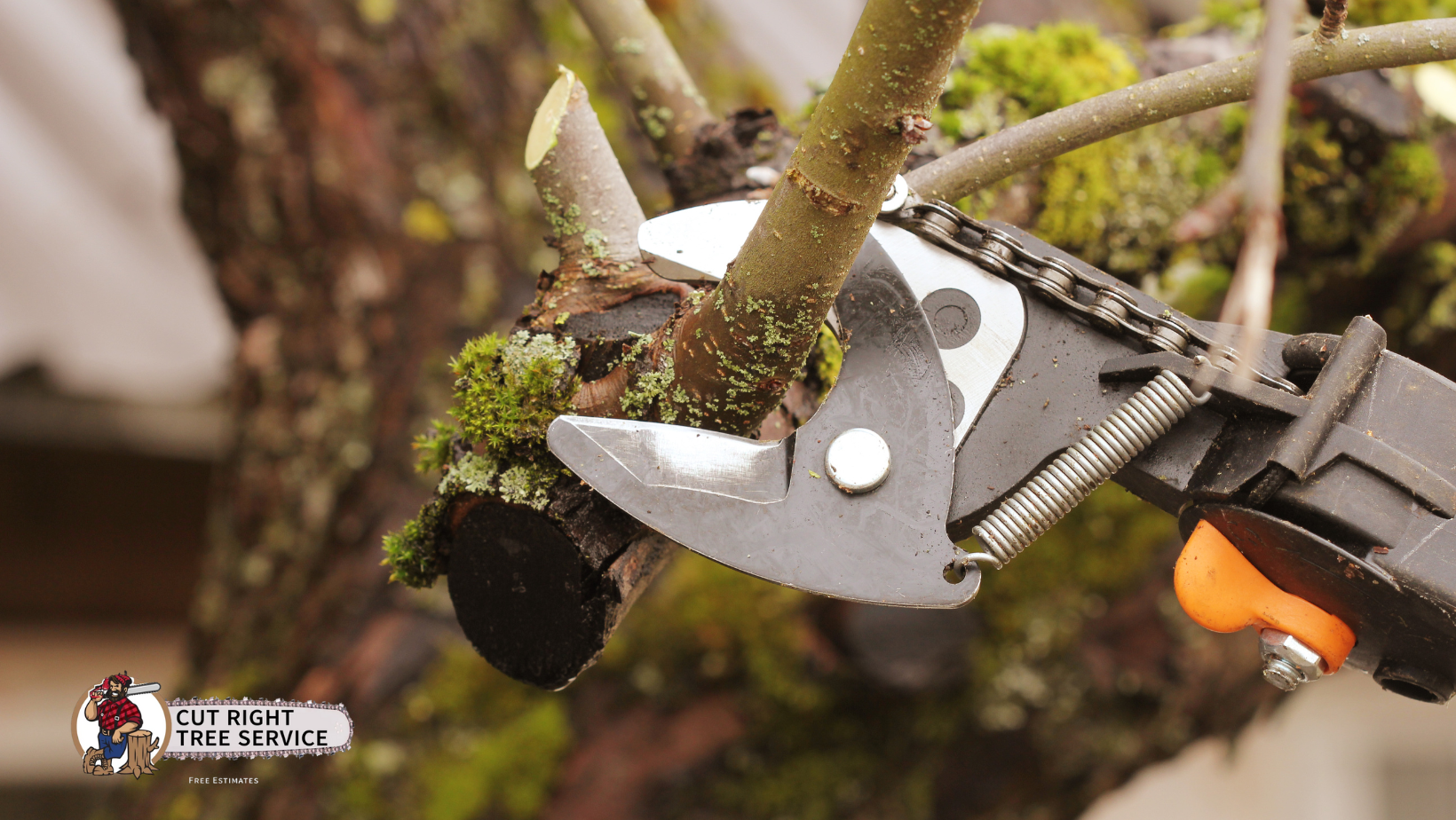
Tree pruning is more than just cutting away branches—it’s a science-backed practice that helps trees grow stronger, healthier, and more aesthetically pleasing. By removing dead or overgrown limbs, pruning encourages proper structure, prevents disease, and improves overall tree health. Whether you have ornamental trees in your yard or fruit trees that need to flourish, understanding the importance of pruning can make all the difference.
Why Tree Pruning is Essential
Pruning is a critical part of tree care that provides multiple benefits, including:
- Encouraging Healthy Growth: Removing weak or unnecessary branches allows trees to direct energy toward stronger growth.
- Preventing Disease and Decay: Pruning eliminates diseased or dying limbs, reducing the risk of infections spreading to the rest of the tree.
- Enhancing Structural Stability: Proper pruning improves a tree’s shape and strength, reducing the likelihood of limb breakage.
- Improving Airflow and Sunlight Penetration: Thinning dense branches allows for better air circulation and sunlight exposure, promoting healthier foliage.
- Reducing Safety Hazards: Overgrown or weak branches can pose risks to homes, power lines, and pedestrians, making routine pruning a safety necessity.
Scientific Pruning Techniques for Optimal Tree Health
Different pruning techniques are used depending on the tree’s age, species, and health condition. Here are some of the most effective pruning methods:
1. Crown Thinning
This technique involves selectively removing branches to reduce density. It improves light penetration and air circulation while maintaining the tree’s natural shape.
2. Deadwooding
Removing dead, diseased, or decaying branches prevents the spread of infections and minimizes the risk of falling limbs.
3. Crown Raising
By trimming lower branches, crown raising enhances clearance for vehicles, pedestrians, and structures while maintaining balance.
4. Structural Pruning
This method is commonly used for young trees to guide proper growth patterns and prevent structural weaknesses as they mature.
5. Crown Reduction
For trees that have outgrown their space, careful pruning can reduce the overall size without compromising health or aesthetics.
When is the Best Time to Prune Trees?
Timing plays a crucial role in effective pruning. The best time to prune depends on the tree species and specific objectives:
- Winter Pruning: Ideal for most trees, as they are dormant and less prone to stress.
- Spring Pruning: Best for flowering trees to enhance blooming.
- Summer Pruning: Useful for controlling excessive growth and shaping trees.
- Fall Pruning: Generally avoided, as it may leave trees vulnerable to disease and decay before winter.
Trust the Experts for Professional Tree Pruning
Pruning requires knowledge, precision, and the right techniques to ensure the best results. If done incorrectly, it can harm the tree rather than help it. That’s why it’s essential to rely on professionals who understand the science behind tree care.
At Cut Right Tree Service, we provide expert pruning services tailored to the needs of your trees. Whether you want to enhance growth, improve safety, or maintain the beauty of your landscape, we’ve got you covered.
With 30 years of experience, we provide expert tree trimming, tree assessment, and tree removal services in Chattanooga and the local surrounding areas, ensuring safe and efficient work.
Call us today at (423) 260-1238 to schedule professional tree pruning and keep your trees healthy and thriving!

